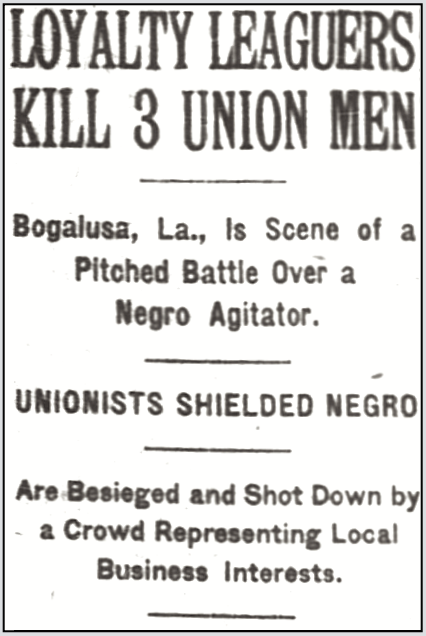 ———-
———-
Hellraisers Journal – Monday April 25, 1921
Mother Jones News Round-Up for February 1921
-C. H. Newell Claims Mother Jones is Helping to Make Mexico Safe
From the Salt Lake Telegram of February 1, 1921:
MAKING MEXICO SAFE PLACE FOR ALL
———-
Obregon, Villareal, Gompers and
“Mother Jones” Fight Bolshevism
———By C. H. NEWELL
MEXICO CITY, Feb. 1.-Mexico’s “big four” are Obregon, Gompers, Villareal and Mother Jones.
They’re making Mexico safe for Americans and American business.
The great American drive to capture the immensely rich Mexican trade is on full blast…..
“MOTHER” IS HELPING.
Mother Jones, America’s 90-year-young labor leader, is helping to put the skids under bolshevism in Mexico.
Her visit to Mexico, at first hailed with glee by Communist party organizers, has resolved itself into a characteristic crusade for trade union organization.
This means, employers and government officials say, a better chance for the Obregon administration to get the country back on a productive basis.
[Mother Jones says:]
Education is the fundamental need of Mexico. I’m down here to preach the gospel of education for workers.
When they get education they will know how to act to achieve full industrial as well as political rights. And the agency through which they will make the most rapid, peaceful progress is the Pan-America Labor federation, backed as it is by the American Federation of Labor.
This is what Mother Jones told the communists at the labor convention:
SAYS IT IS BEST.
Uncle Sam’s government may not be perfect, but it is the best one on earth today. So you rats may just as well understand that if you open your mouths against my country, I will grab you by the collar, drag you out of your hole, and shake hell out of you.
Mother Jones is the personal guest of General Antonio Villareal, who, as secretary of agriculture, is trying to restore farming and ranching pursuits, with real success.
Several years ago an effort was being made by mining and timber interests of northern Mexico have Villareal deported from the United States. His deportation would have meant his death.
Mother Jones made a trip to Washington in his behalf and he was not deported.
Villareal has been one of the foremost in restoring mail, wire, railway and ship service, so all important lines of communication are now open in the country.
———-
[Photograph added.]

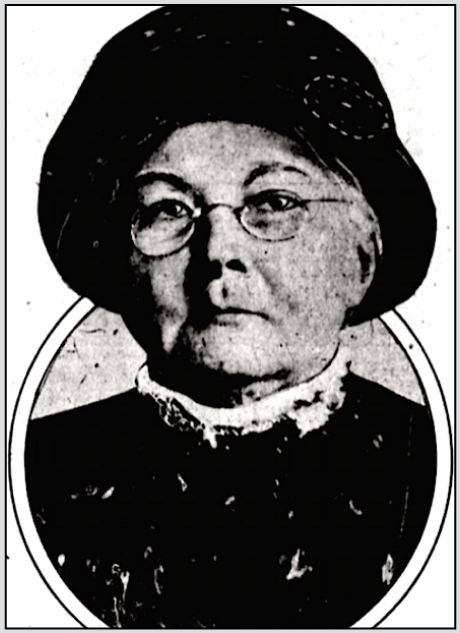
 ———-
———-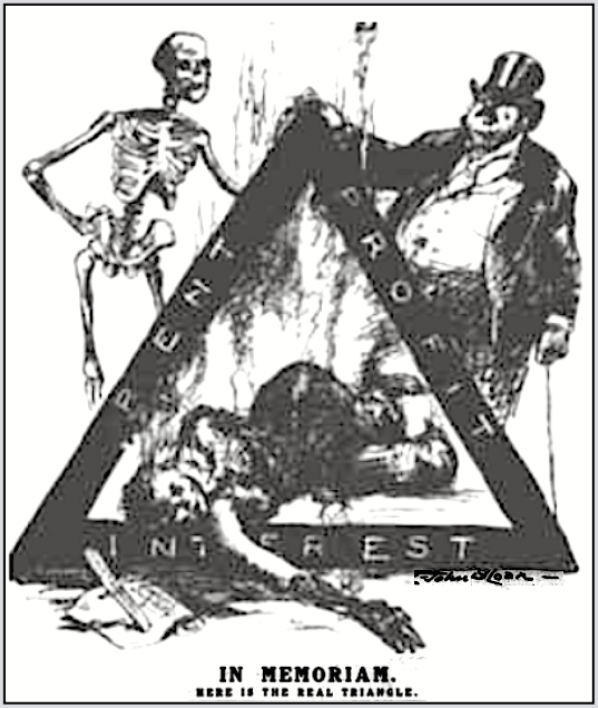
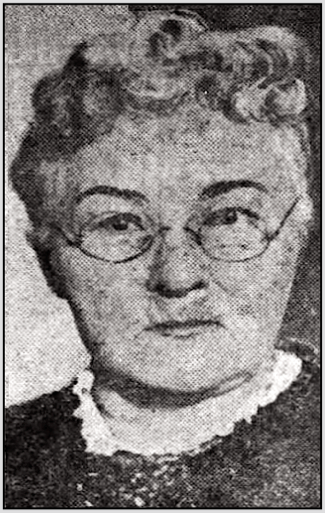
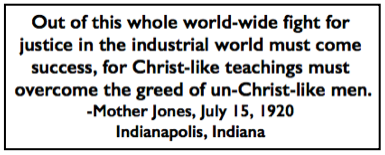 ———-
———-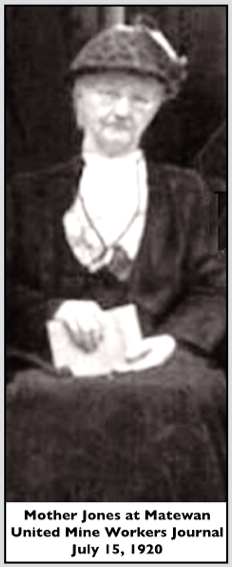
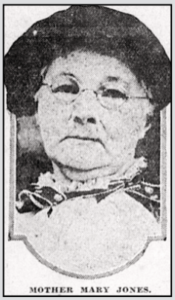
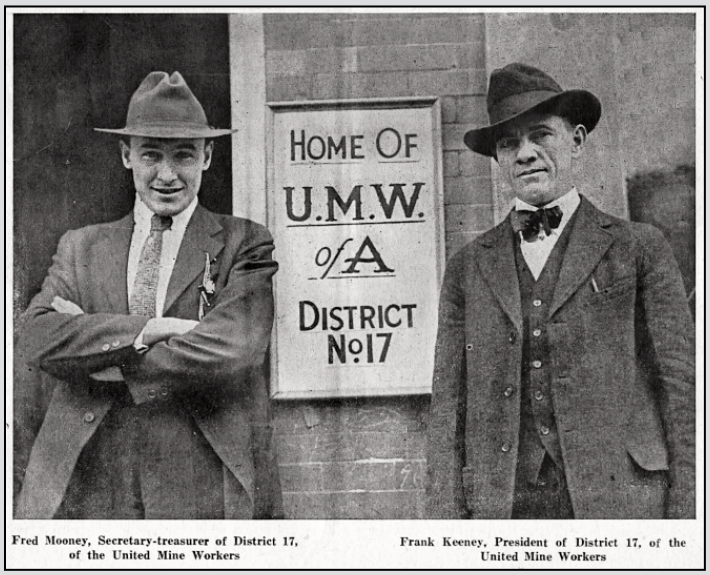
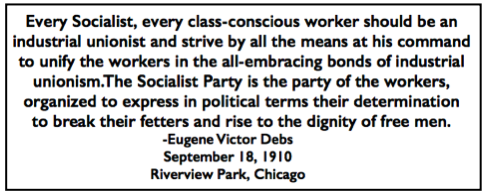 ———-
———-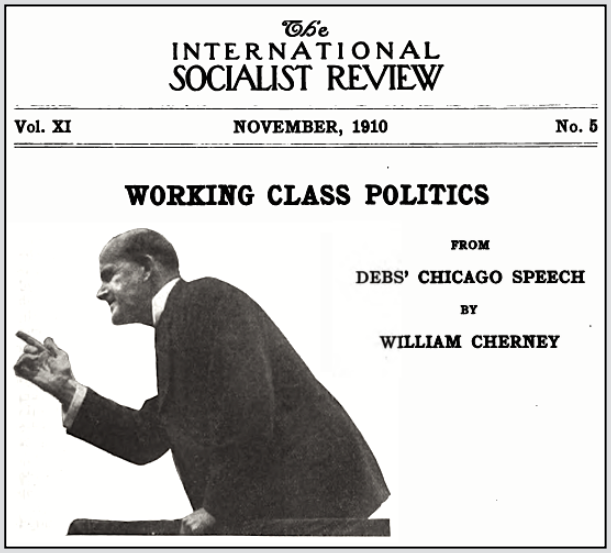
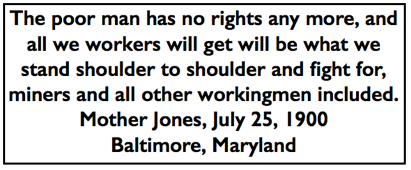 ———-
———-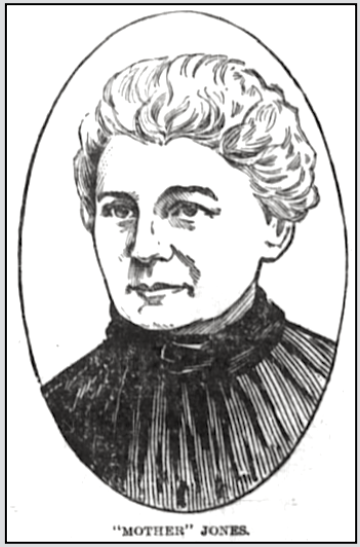
 ———-
———-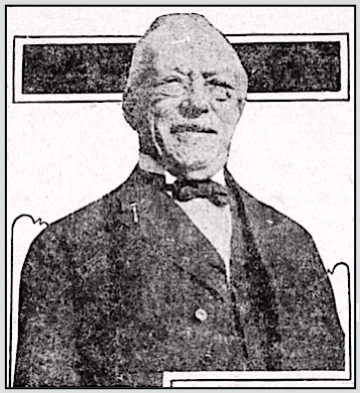
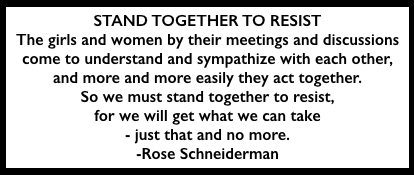 ———-
———-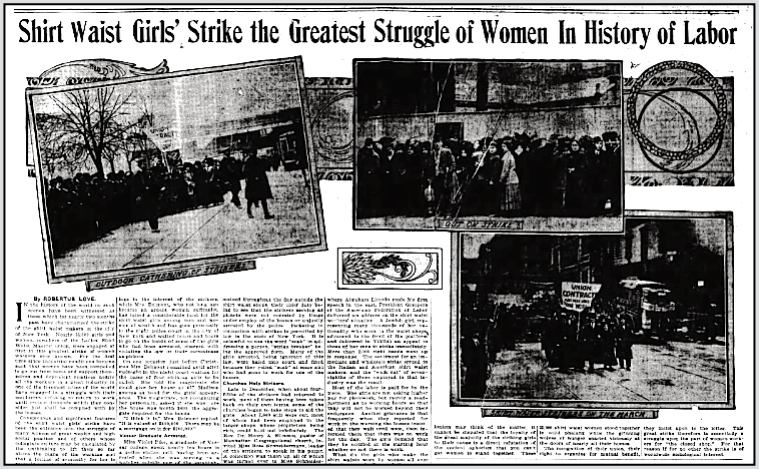 —–
—–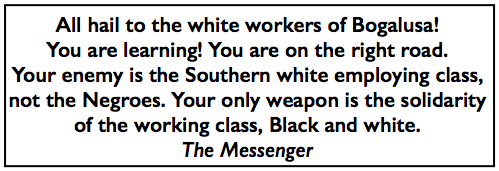 ———-
———-